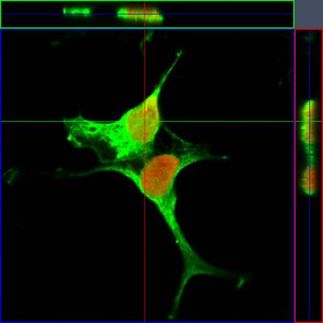Drug Candidates in Pipeline Offer Potential for Parkinson’s Disease Therapeutics Market, Says Frost & Sullivan
Advertisement
The Parkinson's disease therapeutics market in 2008 amounted to over $1 billion in the European Union (EU), which includes total sales of carbidopa/levodopa, dopamine agonists, MAO-B inhibitors, COMT inhibitors and anticholinergics used for disease symptom relief. With the introduction of newer dopamine agonists as well as fresh recommendations and treatment guidelines that call for using dopamine agonists as first-line therapy, the market is experiencing a shift away from the use of carbidopa/levodopa.
New analysis from Frost & Sullivan, European Markets for Parkinson's Disease Therapeutics, finds that the market earned revenues of over $1.28 billion in 2008 and estimates this to reach $2.28 billion in 2015.
“Although prescriptions for Sinemet and Sinemet controlled release (CR) continue to be written to a large extent, dopamine agonists prescriptions are increasing as well,” says Frost & Sullivan Programme manager Paljit Sohal. “Other drugs account for a relatively small portion of the total prescriptions, while some, such as the catechol-o-methyltransferase (COMT) inhibitors are directly linked with Sinemet prescriptions.”
The introduction of Mirapex and Requip has been largely responsible for driving the market over the recent period. The increased use of these medications is spurred by the recent announcements from key physician groups recommending their use in early-stage Parkinson's disease and calling for delay in the use of carbidopa/levodopa due to concerns over the development of clinically relevant dyskinesias.
However, there are considerable chances for physicians to misdiagnose Parkinson’s disease. The number of cases that go undiagnosed or misdiagnosed each year range from approximately 20.0 per cent to 40.0 per cent of the total cases. In most cases, the disease is not diagnosed until 80 per cent of the dopamine-producing neurotransmitters are depleted. Earlier diagnosis and treatment has the potential to greatly improve prognosis.
“An estimated one million patients are afflicted with the disease and as many as 4,00,000 are improperly diagnosed or under-diagnosed,” explains Ms. Sohal. “Recognising the early signs of the disease and making a referral to a neurologist represent the potential for the disease to go undiagnosed.”
Biomarkers and imaging techniques are likely to improve the diagnosis of the condition at a much earlier stage and hence, their development should be supported. High-risk individuals must be identified prior to clinical onset of the disease and disease progression along with response to various therapies should be monitored.
“Market participants should collaborate with neurologists and physicians to improve the rate and the process of diagnosis,” concludes Ms. Sohal. “This will expand the target population and thereby, market revenues.”






















































